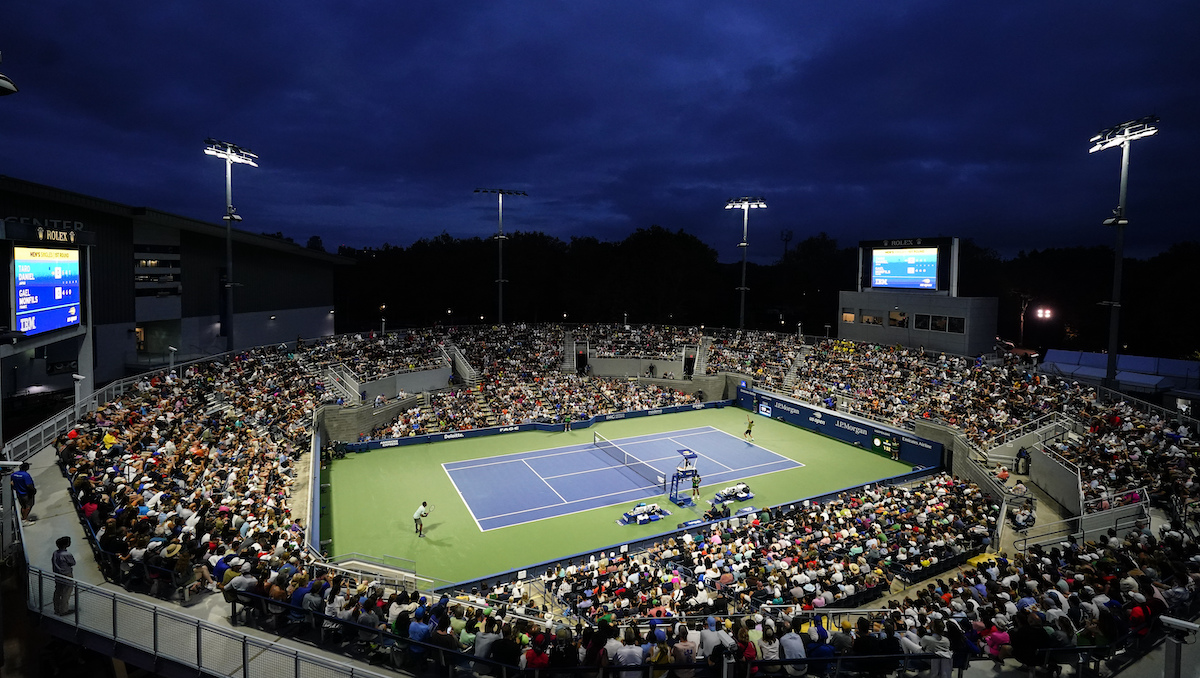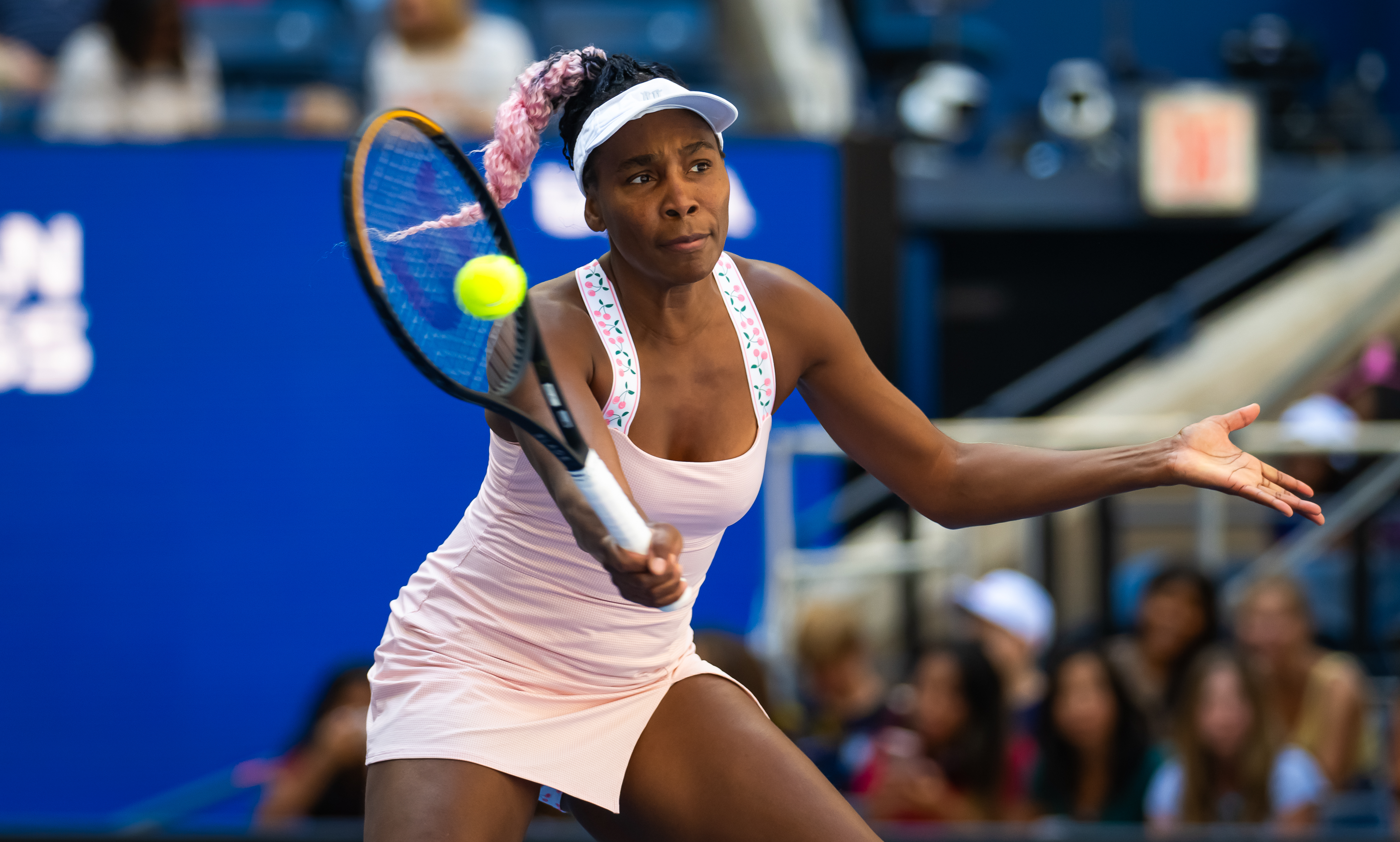Upon further review, the U.S. Open's new video replay system needs a little work.
The new setup allowing players to challenge certain calls, such as double bounces, was used for the first time Tuesday when Corentin Moutet hoped to get a crucial call overturned in his match against Andy Murray.
Unfortunately for the French player, the chair umpire's tablet malfunctioned, preventing her from watching video footage and forcing the original call of a point for Murray to stand.
“It obviously didn’t go to plan in a pretty important moment of the match,” Murray said.
We've got the news you need to know to start your day. Sign up for the First & 4Most morning newsletter — delivered to your inbox daily. Sign up here.
The video review introduced this year by the U.S. Open on five of its courts is a first in Grand Slam tennis. Players get three challenges per set for things such as double bounces, a ball touching a player’s body, a player touching the net or a player being hindered by noise. They’ll hold onto a challenge if they’re correct and receive an additional one in tiebreakers.
Murray had won the first two sets and was serving with a 5-3 lead in the third when Moutet lunged along the sideline in hopes of returning a shot. The call was that he hadn't hit the ball before it bounced a second time, and Moutet quickly threw up his arms to initiate the challenge.
Chair umpire Louise Azemar Engzell put on headphones to watch a replay of the point, but the tablet brought to her malfunctioned.
“Per protocol, a video review and any call based off a review must be made by the chair umpire via the video delivered to their tablet on court,” a U.S. Tennis Association spokesman said in an email. "If the video is not available on the chair umpire’s tablet, the original call on the court — in this case, the ‘not up’ — stands.
The spokesman added that the tablet on the Grandstand was repaired after the match.
Had Moutet won the point, he would have had a break point. Instead, Murray closed it out moments later for a 6-2, 7-5, 6-3 victory.
Murray said the TV replay that was available clearly showed that the ball bounced twice, so the initial call was correct. The 2012 U.S. Open champion added that he didn't understand how the new technology worked, but hoped it would be right for future matches.
“So, yeah," Murray said, "it would be good if they could get that fixed.”



